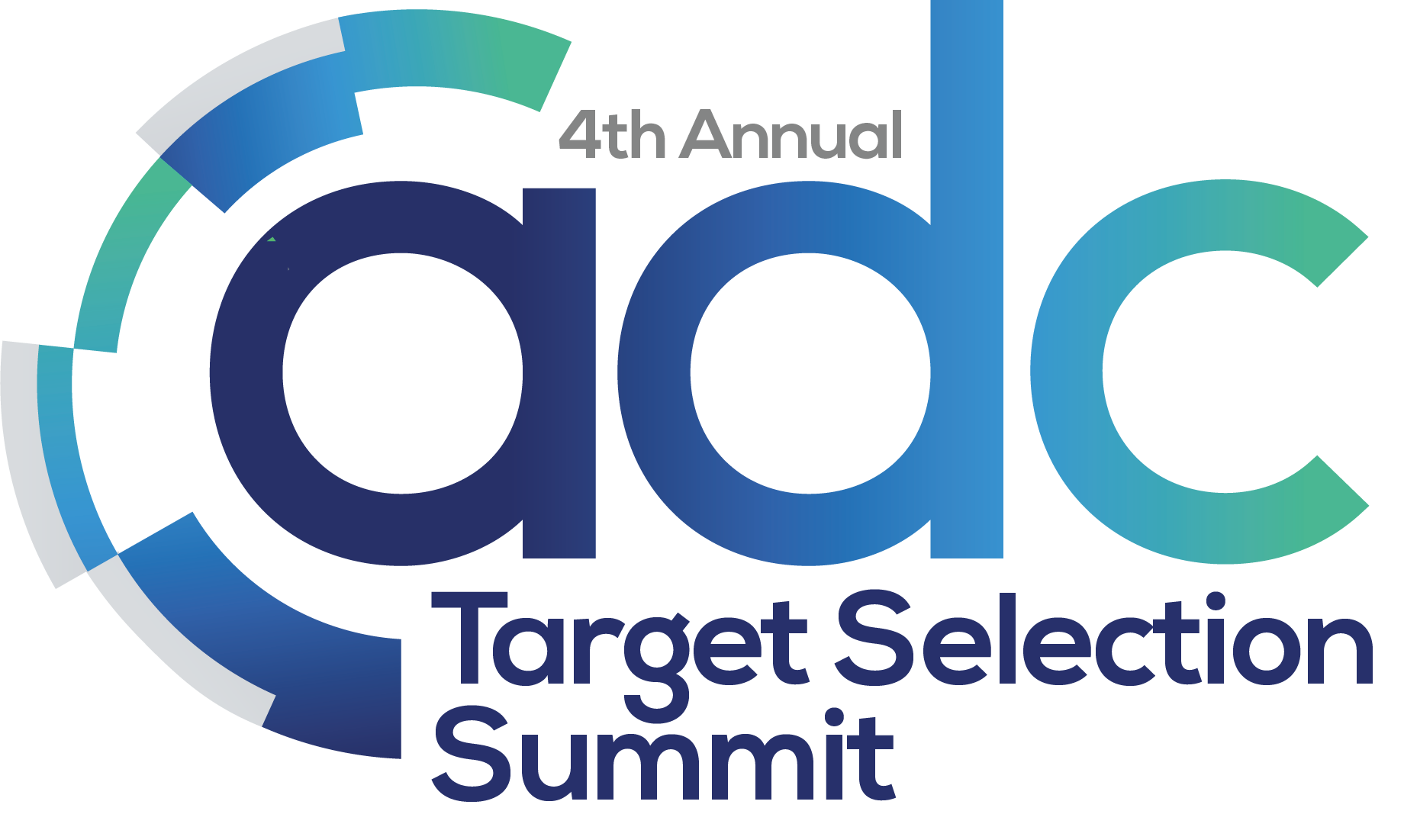Conference Day One
Wednesday, December 11, 2024
8:45 am Chair’s Opening Remarks
Introducing the Current State of Play Across the Ever-Evolving ADC Target Selection Field
9:00 am C-Suite Fireside Chat – Strategizing the Search for the Next ADC Target to Dominate the Limelight – Where is the Next Best Target?
Synopsis
- Scoping the current state of the ADC landscape to understand the white space in target selection and the gaps to exploit
- Collaborating to outline the lessons learned from traditional ADC targets, including HER2, to hypothesize the qualities of a successful target
- Proposing the realistic expectations for ADC target selection in 2025 and earmarking the predicted untapped potential to be exploited
9:45 am Reviewing the Historical Developments of ADC Target Selection & Outlining an Update on the Current Clinical Progress Across Novel Targets
Synopsis
- Collating the historical evidence of ADC target selection to appreciate the origin of the field and the foundations that were built on
- Pinpointing the evolution of the field to date to understand the direction that we are moving in
- Sharing current clinical data to analyze the diversity of ADC targets that have advanced to a clinical setting
10:15 am Clean Tumor Targets: The Necessary Starting Point for Next-Generation ADCs
Synopsis
- Understanding how new ADC linkers and payloads promise incremental improvements in ADC profiles and how transformative improvement requires new targets
- Learning how targeting aberrantly glycosylated glycopeptide epitopes provides exquisitely clean solid tumor selectivity
- Exploring how Glycopeptide targeted ADCs promise to vastly reduce on-target off-tumor toxicity and open access to a broad range of cancer indications
10:45 am Morning Refreshments & Speed Networking
Synopsis
This session is the perfect opportunity to gain face-to-face interactions with many of the brightest minds working within the ADC target selection field, forming meaningful and long lasting business relationships.
Supercharging Computational Biology & Artificial Intelligence to Drive the Next Wave of Target Selection Strategy
11:45 am Implementing Comprehensive Computational Analysis, Including Machine Learning, To Develop the Next Generation of ADCs With First-In Class Targets
Synopsis
- Identifying computational techniques to unveil the next generation of ADC targets
- Revolutionizing clinical trial designs for ADCs with computational techniques to gain a firmer grip on target selection strategy
- Overcoming target identification challenges associated with bispecific ADCs through a computational biology-based approach
12:15 pm Tumor-Specific Epitopes (TSEs) for Antibody Recognition of Misfolded Proteins
Synopsis
- Discussing how misfolding specific epitopes allow for discrimination of antibody neutralization of neurodegenerative pathogenic proteins from physiologically functional isoforms
- Reviewing how cell surface proteins misfold on tumor cells from aberrant cell biology and tumor bed abnormalities
- Unveiling how computational identification of TSEs permit generation of cancer-selective antibodies and ADCs with decreased on-target toxicity, enabling more powerful payloads
12:45 pm Food for Artificial Thought: What are We Feeding Our Artificial Intelligence Engines?
Synopsis
- Collaborating as a community of biologists, chemists and computational scientists to highlight the strengths and limitations of implementing AI into your ADC target selection strategy
- Listing the required level of depth of data input needed to elicit the desired response from AI engines
- Adopting a premium hybrid strategy: what sections of the target selection process lend themselves to AI, and what sections require a traditional approach?
1:30 pm Lunch & Networking
Honing the Expression Dynamics of ADC Targets to Establish the Biological Properties to Investigate
2:30 pm Breaking Down the Complex Mechanisms of Action of the ADC Target With an Appreciation of Changes Over Time With Disease Progression
Synopsis
- Conveying an ADC target selection strategy capable of visualizing target expression over time, across varying disease outcomes
- Focusing on properties of targets which lend themselves to full regeneration post ADC internalization, as well as those which fail to regenerate
- Measuring the levels of target expression over time in both healthy and tumorigenic cells to inform potential dosing decisions
3:00 pm Considering a Non-Oncology Target as a Route for Tumor Cell Killing With a Reduced Risk of Target Resistance
Synopsis
- Overcoming the growing concerns of ADC resistance through selecting less-specific targets such as the fibroblast
- Exploiting the fibroblast to engulf the ADC payload to then deliver the therapeutic to the neighboring tumor cells to initiate cell killing
- Concluding the longitudinal impact of such method on resistance as well as toxicity through such alternative routes of targeting
3:30 pm Afternoon Refreshments & Networking
Spotlighting the Translatability Bottlenecks Faced When Studying ADC Targets Pre-Clinically to Avoid Clinical Disparity
4:00 pm Navigating the Pre-Clinical Toxicity Risk With Novel ADC Targets Through Establishing Pre-Clinical Models With High Translatability
Synopsis
- Curating a pre-clinical model capable of intracellular targeting, as well as, modeling the drug sensitivity of the ADC target
- Mirroring the complexity of the tumor microenvironment to gain a comprehensive understanding of the biological interactions between payload and target
- Modeling the disease progression over time to understand the target re-expression or degradation to inform dosing patterns prior to clinical advancement
4:30 pm Hypothesizing the Current Disconnect Between In Vivo & In Vitro ADC Target Modeling to Prevent Clinical Hold Up
Synopsis
- Magnifying the successful ADC clinical translation stories to hypothesize the pre-clinical models appropriate for specific ADC designs
- Spotlighting the properties of ADC targets which are most challenging to recreate in vitro, which is causing such disconnect
- Adopting an individualistic approach to pre-clinical modeling to appreciate the complex relationship between specific targets and antigens
